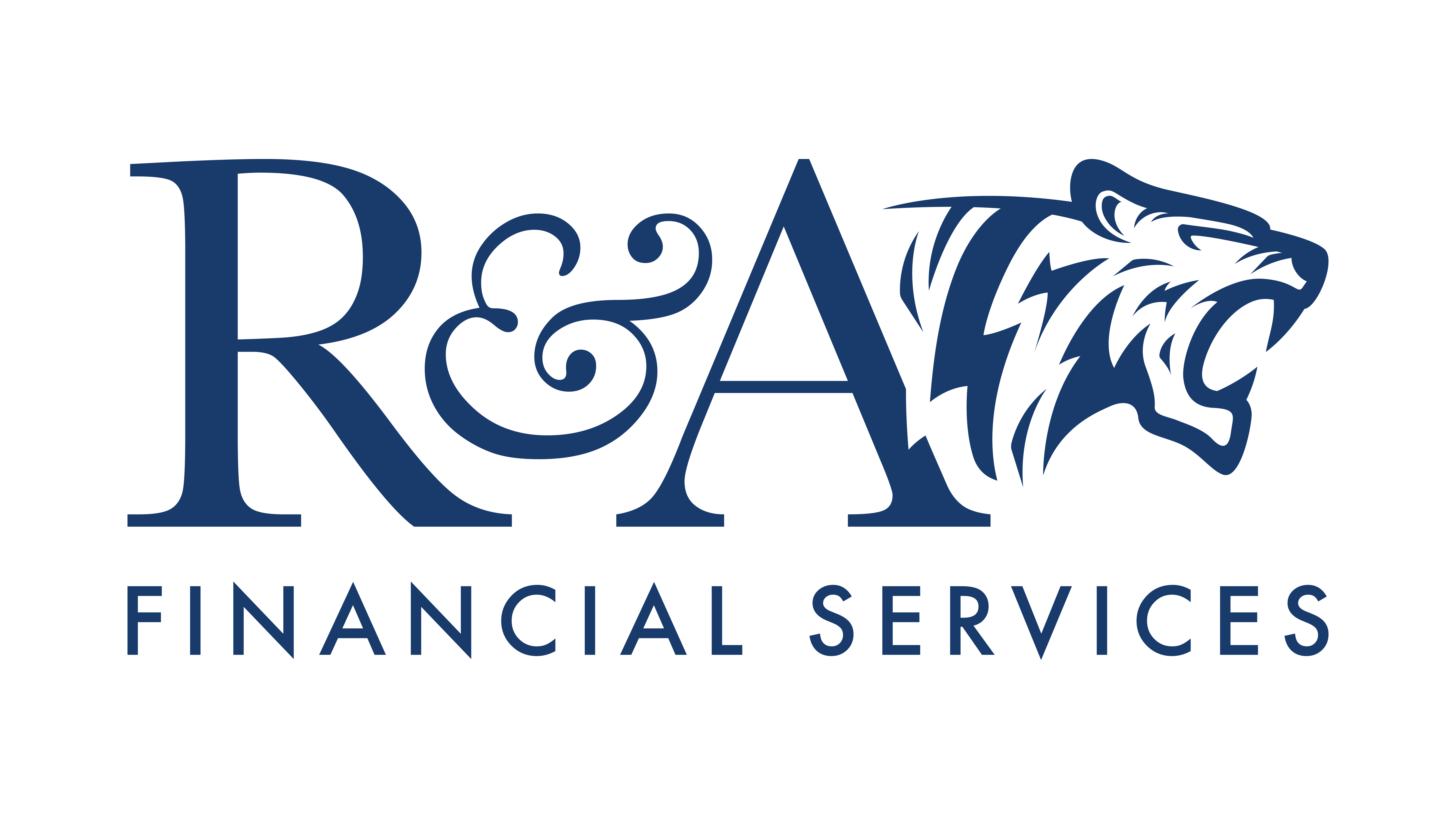
Organizations seeking tax-exempt status with the Internal Revenue Service should know that there is more to the process than merely signing on the dotted line. The process for being declared tax-exempt under Section 501(c)(3) of the Internal Revenue Code can vary based on the applicant organization’s specific situation.
First and foremost, it has to be organized and operated for one of the following purposes defined by the IRS:
- Charitable, religious, educational, scientific, or literary purposes
- Testing for public safety
- Fostering national or international amateur sports competition
- Preventing cruelty to children or animals
Application for 501(c)(3) status is made using a Form 1023-series application.
The Process
The circumstances around the organization determine how simple or complex the process will be. The IRS has created a step-by-step application process guide—but the agency also recently highlighted additional information that can help.
Before filling out the application, candidate organizations should apply for a nine-digit Employer Identification Number (EIN)—even if they don’t have any employees. EINs are issued by the IRS to identify companies and tax-exempt organizations when they file and report taxes, and every 501(c)(3) application requires this number.
To apply for an Employer Identification Number, organizations can simply apply online through the IRS website. Once the Form 1023-series application has been filled out, it must be sent to the IRS electronically using Pay.gov online.
Keep in mind, however, that not every organization seeking tax-exempt status has to apply for 501(c)(3) exemption. Churches (including integrated auxiliaries) and public charities with yearly gross receipts of no more than $5,000 are already considered tax-exempt.
Time and Other Considerations
Just when a candidate organization is deemed tax exempt depends on its Form 1023. “If they submit this form within 27 months after the month they legally formed, the effective date of their organization’s exempt status is the legal date of its formation,” the IRS explains. “If an organization doesn’t submit this form within those 27 months, the effective date of its exempt status is the date it files Form 1023.”
Once an organization has been approved as a tax-exempt entity by the IRS, it is considered a private foundation unless the group can meet the standards to be considered as a public charity. Approval for 501(c)(3) status also brings a responsibility to those in the new tax-exempt organization. As such, charitable organizations have to make certain documents available to the public for their inspection.
Among these public documents are the organization’s application for exemption and its annual information tax returns for the past three years. Publication 557, Tax Exempt Status for Your Organization has more information on public inspection requirements.
Additional information, including help for applying organizations, is available from the IRS website:
Source: Things organizations should know about applying for tax-exempt status

